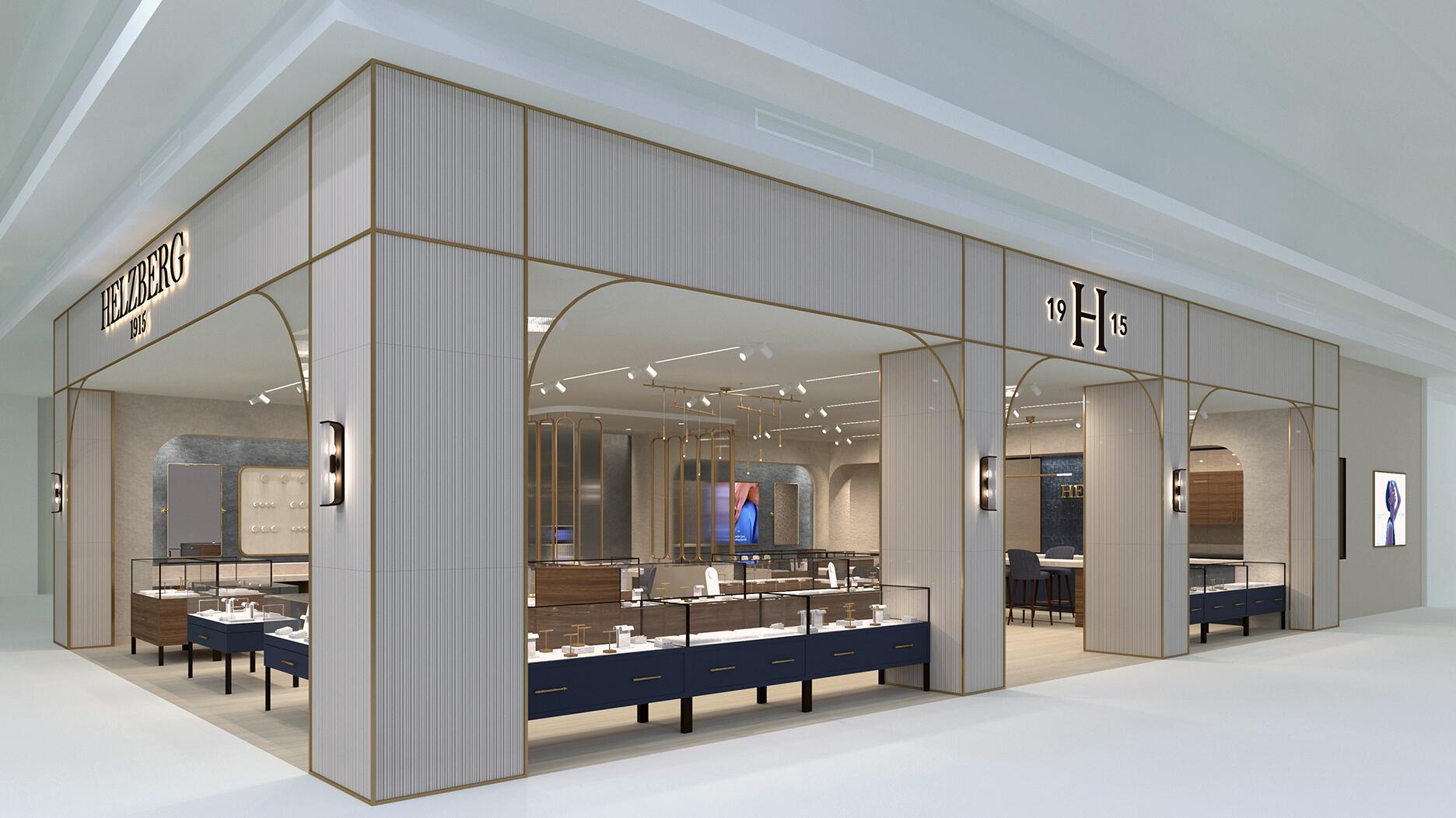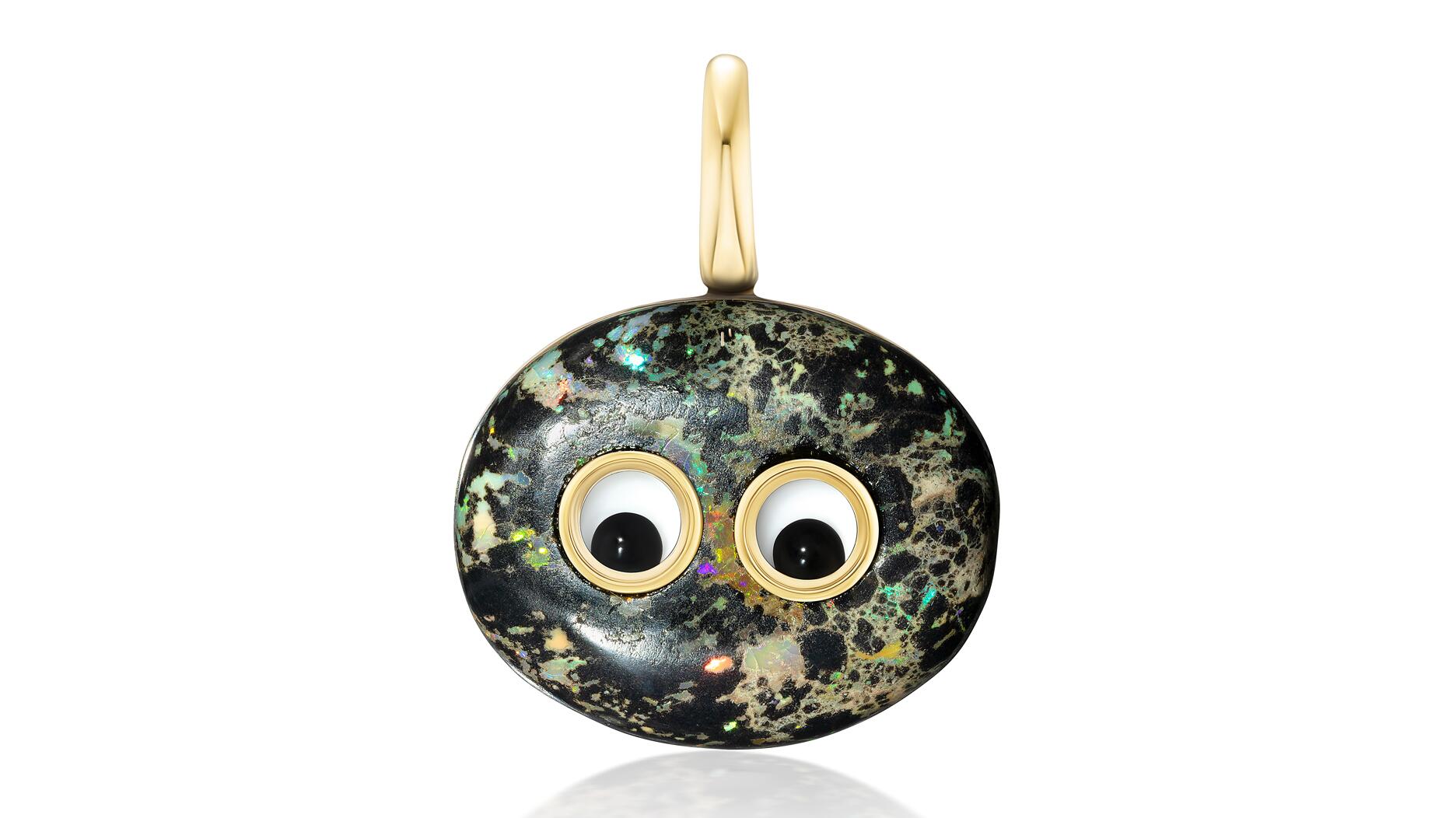We Need to Change the Way We Talk About Lab-Grown Diamonds
As Pandora moves away from mined diamonds, here’s why the conversation needs to shift from personal preference to consumer education.

But some things just need to be said, like this: I do not want to hear another word about lab-grown versus natural diamonds.
Not another panel, webinar, think piece, or article. Minus this one, of course.
“That’s a strong take,” you might say. “It’s an important topic that needs to be talked about.”
I offer you a counterpoint. No, it does not. At least, not in the way we’ve been talking about it.
The “which is better” discourse has been run straight into the ground.
Consumers are going to like what they like and jewelers, as retailers, should act accordingly or risk losing customers.
The narrative needs to shift away from preference and a sentimentality for natural gemstones to transparency and consumer education.
If a consumer is presented with all of the facts and chooses a lab-grown diamond, then that’s that.
But if the waters are muddied and consumers are ill-informed about the differences between the two, that’s a problem for the whole industry.
I bring this topic up in the wake of Pandora’s recent announcement it was moving away from natural diamonds to lab-grown diamonds, a move it framed as part of its push for sustainability.
The news, particularly the sustainability angle, ruffled some feathers and had several notable names in the industry talking.
A letter from the Responsible Jewellery Council, the World Diamond Council, CIBJO (the World Jewellery Confederation), the Natural Diamond Council, and the International Diamond Manufacturers Association went so far as to ask Pandora for a retraction.
The groups accused Pandora of pushing “potentially false and misleading assertions” that could diminish consumer confidence in natural diamonds.
Pandora did not respond to National Jeweler’s request for comment on the letter.
The letter also stated, “The misleading narrative created by the Pandora announcement implying the natural diamond industry is both less ethical and the impetus behind Pandora’s move to lab-grown diamonds, particularly given the inconsequential amount of diamonds Pandora features in its collections, can have unintended but substantial consequences on communities in developing nations.”
There are a few points worth addressing here.
The impact of this decision will likely be minimal.
As the letter notes, Pandora is not a diamond jewelry company. It sells a small number of products with diamonds, yes, but diamonds are not what you think of when you think of its brand.
Pandora no longer using mined diamonds will not have the effect on the industry, or on demand for diamonds, that the same decision by Tiffany & Co. or Signet Jewelers would.
Also, Pandora is not an industry trendsetter in the way, for example, Signet or De Beers is, so I don’t see other major jewelers following suit.
Whether the effects of this decision will trickle down to the mining communities remains to be seen, but it is a possibility worth considering.
Cristina Villegas, director of mining at NGO Pact, shared her thoughts on Pandora’s announcement in a Twitter thread following the news, raising several interesting points.
She works with artisanal and small-scale miners, many of whom can provide traceable gold and diamonds, and wondered why Pandora wouldn’t choose to work with them instead of giving up on natural diamonds all together.
“I urge the company, and others considering this type of move, to stop saying it’s about ‘ethics.’ Please consider keeping the door open to worthy programs where you can continue to be a part of this important conversation and promote a better world for all.”
Clarity and transparency are key.
Saying something is ethical or sustainable does not make it so. You need to back it up.
The Federal Trade Commission was clear on this point when it sent letters to several lab-grown diamond companies in April 2019 that had made “unqualified claims” about their diamonds being eco-friendly and sustainable.
You can’t make these claims without having publicly available scientific evidence to support them, particularly if you want to make claims about something being carbon neutral.
Pandora’s new collection, “Pandora Brilliance,” has been certified as a CarbonNeutral product by The Carbon Neutral Protocol, a certification that covers the jewelry as well as packaging and transportation, so I’d say it’s covered that base.
However, to my point about consumers being informed, I don’t know if it’s clear to your average shopper what carbon neutral does—and doesn’t—mean.
I certainly didn’t know before I started covering the jewelry industry, and had to dig a bit into Pandora’s website to find this information.
Carbon neutral doesn’t mean the process of creating a diamond in a lab is more eco-friendly than the mining of a natural diamond. It means the greenhouse gas emissions associated with creating these diamonds are offset by Pandora giving support to a project that reduces carbon emissions or promotes sustainability.
Diamonds, whether natural or lab-grown, both take a toll on the environment, and it’s disingenuous to make a blanket statement that one is inherently “better” than the other for the environment.
Diamond miners make their mark on the natural environment while lab-grown diamond creators utilize massive amounts of electricity.
It really needs to be looked at on a case-by-case basis, company by company.
That becomes increasingly difficult to do when transparency is lacking.
For all I hear from companies about how traceability and accountability are important, I rarely receive a straightforward answer when I ask companies where their lab-grown diamonds are being produced.
That’s not a knock at Pandora specifically, but a response I’ve gotten from several companies when I’ve inquired about which company is producing their lab-grown diamonds.
I can respect a trade secret, but it doesn’t help your transparency case.
It’s entirely up to the customer.
My overarching point is this: whether a company sells lab-grown or natural diamonds or both, you have to be straight with the consumer and then let them make an informed decision for themselves.
Pandora has been clear on what lab-grown diamonds are, describing them as, “physically, chemically, and optically identical to their mined counterparts but they are created above ground.”
I can sympathize with those saying the way Pandora framed the discussion, the emphasis on sustainability, is misleading, but I would caution against making mountains out of molehills.
The news made it past the trade press, reaching major news outlets and business journals, so I understand the worry about misinformation making its way to consumers.
But I don’t think one news story is going to forever change the way consumers view diamonds, particularly in a 24-hour media environment.
I’ve asked non-industry friends their thoughts on lab-grown diamonds and, for those who even know what I’m talking about, I get a resounding “I don’t know. Maybe I’d buy one.”
Education starts at home or, in the case of the jewelry industry, in the store.
If you want to combat misconceptions about diamonds, natural or lab-grown, talk with your customers.
And, after that, can we talk about something else, please?
The Latest

The couple pleaded guilty to concealing at least $127 million in cash transactions at its precious metals businesses.

Consumers shared concerns about prices, inflation, tariffs, trade, and politics in the survey’s write-in response section.

In February 2026, the auction house will move its headquarters to the former Steinway Hall, a neoclassical landmark on Billionaires’ Row.

How Jewelers of America’s 20 Under 40 are leading to ensure a brighter future for the jewelry industry.

The new show will take place Jan. 23-25, 2026.


The former BHP Billiton leader and Gemfields chairman is remembered for his influential leadership throughout his 50-year mining career.

The LVMH-owned brand has partnered with the costume design union to revamp its award for 2026.

Roseco’s 704-page catalog showcases new lab-grown diamonds, findings, tools & more—available in print or interactive digital editions.

The luxury titan inked a deal to acquire an initial minority stake in the jewelry manufacturer with a pathway to full ownership by 2032.

The company’s curation of unsigned vintage and estate jewelry debuted at the Bloomingdale’s in Costa Mesa, California.

In the recent multi-shipment seizure, CBP also found counterfeit Audemars Piguet, Moncler, and Chrome Hearts items.

Jewelers of America execs and National Jeweler editors discuss tariffs, the sky-high gold price, and the engagement that broke the internet.

The luxury goods company said founder Ippolita Rostagno will remain at the brand’s helm.

Laura Burdese, who joined the Italian luxury brand in 2022, will take on the role in July.

Need a gift for the cat lover who has everything? Look no further than our latest Piece of the Week.

It purchased the “Grosse Pièce,” an ultra-complicated Audemars Piguet pocket watch from the ‘20s, for a record-breaking price at Sotheby’s.

The lab-grown diamond grower now offers custom engagement and fashion jewelry through its Kira Custom Lab Jewelry service.

Chandler got his start at Michelson Jewelers and has served as DCA president and CEO since 2001. He will retire at the end of the month.

The boutique is slated to open this week inside Terminal 8, offering pre-owned Rolex watches and more to international travelers.

Sponsored by Digital Monitoring Products

The special-edition egg pendant ingested in a New Zealand jewelry store was recovered after a six-day wait.

Associate Editor Natalie Francisco plays favorites with Piece of the Week, selecting a standout piece of jewelry from each month of 2025.

The “Love and Desire” campaign is inspired by the magic that follows when one’s heart leads the way, said the brand.

Two awardees will receive free tuition for an educational course at the Swiss lab, with flights and lodging included.

Berta de Pablos-Barbier will replace Alexander Lacik at the start of January, two months earlier than expected.

Sotheby’s held its first two jewelry sales at the Breuer building last week, and they totaled nearly $44 million.

Winners will receive free registration and lodging for its fourth annual event in Detroit.



























